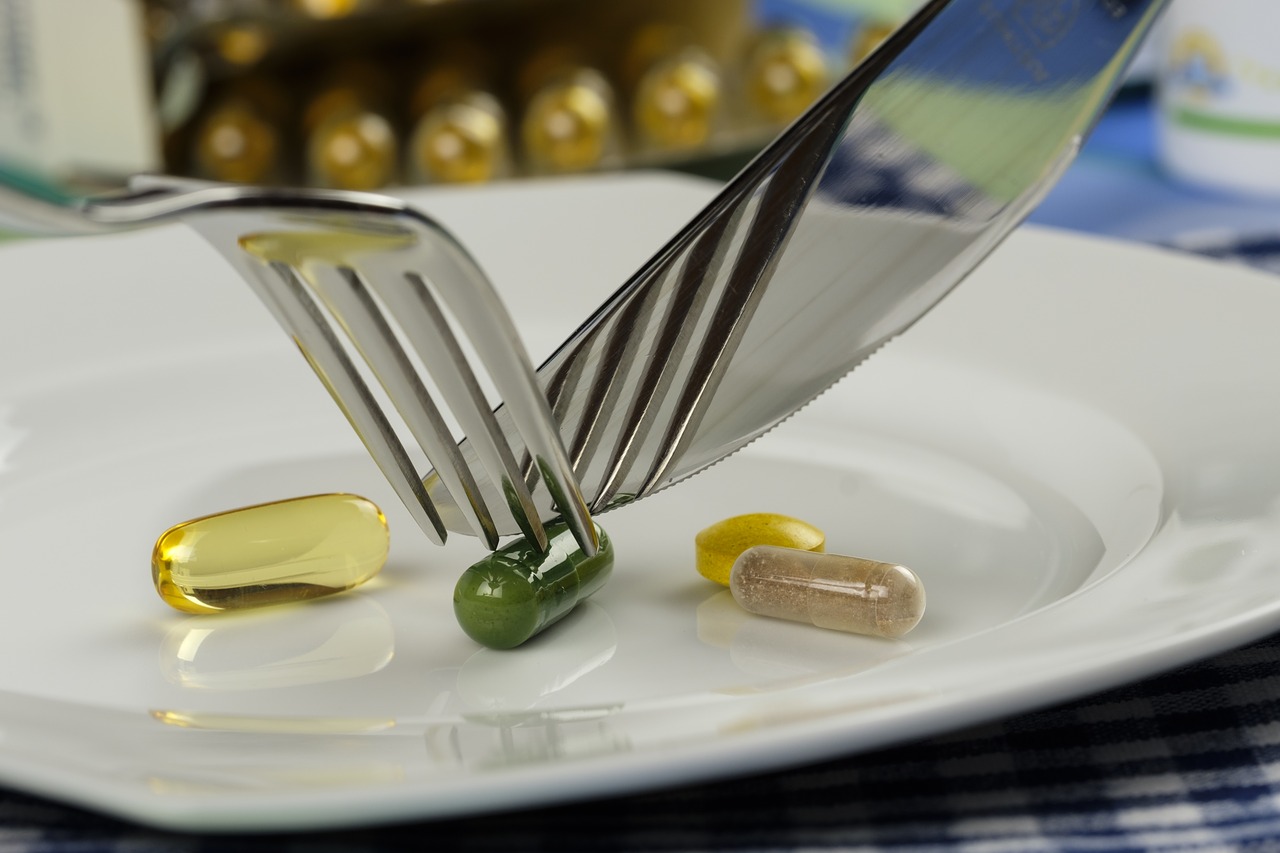

The journey of a medicine from an idea to the shelves of pharmacies is a complex, multi-step process involving scientists, researchers, pharmaceutical companies, and regulators. Each stage—discovery, testing, formulation, and approval—requires expertise, collaboration, and dedication. In recent years, advances in technology and strategic partnerships have accelerated the development of life-saving drugs, ensuring patients receive effective treatments faster than ever before. This article explores how these efforts come together to create new medicines that improve public health.
The Discovery Phase: Identifying Targets And Potential Treatments
The development of any drug begins with the discovery phase, where researchers identify a biological target—such as a protein or gene—linked to a disease. They then search for chemical compounds or biological agents that can affect these targets to produce therapeutic benefits. For instance, recent breakthroughs in cancer treatment have identified ways to block proteins that fuel tumor growth. Collaborations between pharmaceutical companies and universities often fuel this phase, combining academic knowledge with industry resources to uncover new treatment possibilities. Global initiatives, especially during pandemics, have shown how early-stage research partnerships can accelerate the discovery of new medicines.
Preclinical Studies: Ensuring Safety Before Human Trials
Before a new treatment can be tested on humans, it must undergo preclinical trials. Scientists use both in-vitro studies (in a laboratory environment) and in-vivo studies (in animals) to evaluate the safety, toxicity, and potential efficacy of the drug. This phase aims to determine whether the drug will be safe for further testing on humans. Researchers gather critical data to prepare for regulatory approval to move into clinical trials. Recent advancements in predictive modeling have reduced the reliance on animal testing, ensuring that research is both effective and ethical.
Formulation Development: Making Medicine Stable And Effective
Once a promising compound is identified, experts must design a formulation that ensures the drug is stable, effective, and easy for patients to use. This step involves determining the ideal dosage form—whether it should be a tablet, liquid, or injection—and finding ways to enhance its bioavailability, meaning how well the body absorbs the medicine. At this stage, pharmaceutical companies often work with specialized formulation development companies like Coriolis Pharma to ensure the drug meets regulatory requirements. These partners provide essential services such as stability testing, which guarantees the drug remains effective throughout its shelf life, and support in designing delivery mechanisms tailored to patient needs.
Clinical Trials: Testing New Medicines On Humans
After preclinical testing, the drug enters clinical trials, where it is tested on humans to confirm its safety and effectiveness. Clinical trials are divided into several phases. Phase I trials involve a small group of healthy volunteers to determine the optimal dosage and identify any potential side effects. In Phase II, the drug is given to a larger group of patients to evaluate its effectiveness for the targeted condition. Finally, Phase III trials involve thousands of participants to compare the new treatment with existing therapies and monitor for rare side effects. Recent developments in clinical trial design allow for adaptive trials, where researchers can modify protocols in real-time based on preliminary data, speeding up the process without compromising safety.
Regulatory Approval: Meeting International Standards
Once the clinical trial phases are completed, pharmaceutical companies submit a comprehensive report to regulatory authorities for review. Agencies such as the U.S. Food and Drug Administration (FDA) and the European Medicines Agency (EMA) scrutinize the clinical data to ensure the drug is safe, effective, and manufactured under strict quality standards. The approval process can take several months or even years, but innovative strategies like fast-track approvals help bring critical treatments to market more quickly. This collaborative effort between regulators and drug developers ensures that patients receive the best possible care without unnecessary delays.
Manufacturing And Distribution: Ensuring Access To Medicines
After approval, the focus shifts to manufacturing and distribution. Pharmaceutical companies must produce the medicine in large quantities while maintaining consistent quality. They also collaborate with logistics partners to ensure the drugs reach pharmacies, hospitals, and clinics efficiently. Cold-chain logistics, which involve transporting temperature-sensitive medicines like vaccines, have become more advanced, ensuring medicines remain effective from the factory to the patient. Additionally, some companies are adopting sustainable manufacturing practices to reduce the environmental impact of drug production.
Monitoring And Post-Marketing Surveillance: Ensuring Long-Term Safety
The process of drug development does not end once the medicine reaches the market. Pharmaceutical companies and regulatory bodies engage in post-marketing surveillance to track the performance of the drug in real-world conditions. Adverse effects that were not observed during clinical trials may emerge when the drug is used by a larger population. Reporting systems, such as the FDA’s MedWatch, allow healthcare providers and patients to report side effects, helping regulators update safety guidelines if needed. This ongoing monitoring ensures that treatments remain safe and effective throughout their lifecycle.
Conclusion: A Global Effort To Deliver Better Health
Bringing a new drug from an idea to the pharmacy shelf requires teamwork across multiple disciplines. Scientists, formulation experts, clinical researchers, regulatory bodies, and logistics partners all play a role in ensuring that life-saving medicines reach patients safely and efficiently. The collaboration between pharmaceutical companies and partners such as formulation development companies like Coriolis Pharma ensures that medicines are not only effective but also meet the highest quality standards. As advancements in technology and innovative research strategies continue to reshape the pharmaceutical industry, the process of developing new treatments will become even more efficient, offering hope to patients worldwide. Through these collective efforts, the global community is better equipped to respond to health challenges and improve the quality of life for all.








